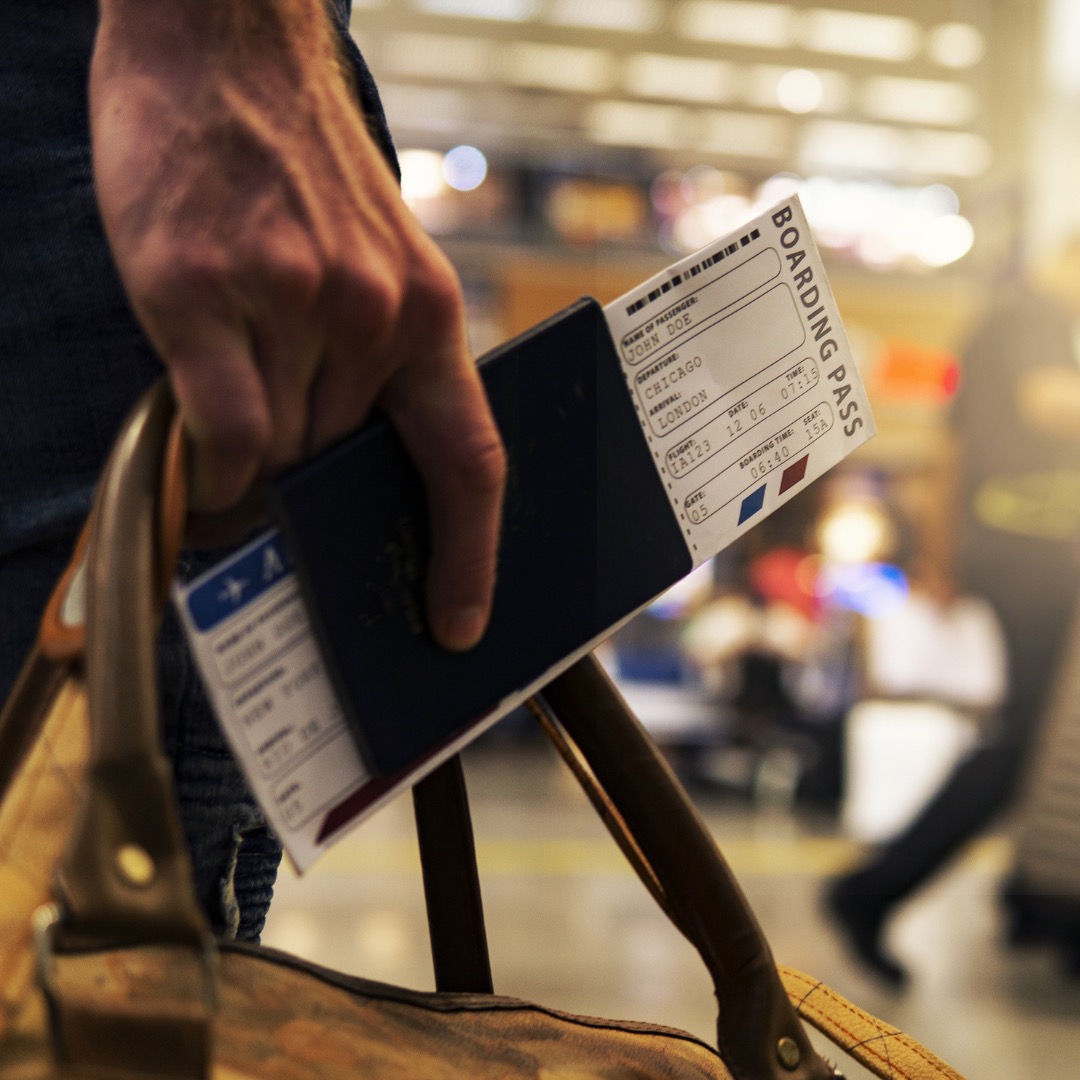Your guide to traveling confidently with Parkinson’s—together.
Summer is here, the skies are clear, and the world is waiting. Parkinson’s may be part of your journey, but it doesn’t have to be your roadblock. With smart planning and the right support, travel can still be joyful, enriching, and accessible—whether you're heading out for a weekend escape or an international adventure.
Parkinson’s should never limit your ability to explore the world. Whether you're someone living with the condition or a care partner supporting a loved one, travel can be an empowering experience. It offers new perspectives, beautiful moments, and the kind of memories worth holding onto. With the right tools and mindset, there’s no reason Parkinson’s should keep you grounded.
Here are some essential travel tips to help you and your care team make the most of every trip:
Step 1: Before You Travel
Planning ahead is your best friend when it comes to traveling with Parkinson’s. A few extra steps before your trip can go a long way in ensuring a smooth experience for both of you.
✅ Talk to your neurologist
Discuss your travel plans, especially if you're crossing time zones or traveling for an extended period. Your care team may suggest adjusting medication timing or provide useful travel tips.
✅ Gather essential medical documents
Bring a list of medications, a letter from your doctor, and documentation for devices like deep brain stimulators (DBS), if needed. Care partners should keep a copy too.
✅ Use medication reminder apps
Apple Health’s medication tracker can help maintain your medication schedule—especially across time zones.
✅ Pack smart
Keep all medications and documents in your carry-on luggage. Bring extra doses in case of delays and consider using a pill organizer. If you're a carer, double-check everything is easily accessible during the journey.
Step 2: At the Airport
Airports can feel overwhelming—but preparation goes a long way.
✅ Arrive early
Give yourself plenty of time. Arriving earlier than usual reduces stress and provides wiggle room for any unexpected delays.
✅ Let airport staff know
Inform security and airline staff about the condition. They are generally understanding and happy to offer assistance, whether with mobility needs or DBS devices.
✅ Use the Hidden Disabilities program
Many airports offer lanyards or badges for travelers with non-visible conditions like Parkinson’s. Wearing a sunflower lanyard helps staff quietly recognize that extra support may be needed.
✅ Request for wheelchair assistance if needed
Some airports are huge, ranging from hundreds of gates. Even if you don’t always use a wheelchair, it can ease long airport walks and reduce fatigue.
✅ Stay hydrated and dress comfortably
Long waits or flights can be tiring. Wear loose, comfortable clothes and supportive shoes. Bring a refillable water bottle and stay hydrated throughout the journey.
✈️ Step 3: On the Plane
Now that you're onboard, here’s how to keep things as smooth and comfortable as possible.
✅ Inform the cabin crew
Let a flight attendant know about the condition (and any mobility aids or needs). They can assist with storage, offer timely help, and keep an eye out during the flight.
✅ Set reminders for medications
Keep medication timing consistent by setting alarms on your phone or smartwatch. It’s easy to lose track in the air, especially on long flights.
✅ Take movement breaks
If it’s safe and possible, walk up and down the aisle or do gentle in-seat stretches to avoid stiffness and improve circulation.
✅ Pack comfort items
A neck pillow, snacks, compression socks, and noise-canceling headphones can make the flight more pleasant for both the person with Parkinson’s and their companion.
️ Step 4: On Your Vacation
Now it’s time to relax and enjoy.
✅ Choose accessible accommodations
Look for features like elevators, grab bars, walk-in showers, or ground-floor rooms. Confirm accessibility ahead of time with your hotel or host.
✅ Build in rest time
Don’t overpack the schedule. Breaks are essential, not optional. Fatigue can affect both travelers—plan accordingly.
✅ Be flexible and present
Parkinson’s is part of the trip, but it doesn’t define it. Savor the small joys, explore new places, and lean on each other when needed.
Wherever you go, Parkinson’s comes with you—but so does your strength, adaptability, and spirit. Whether you're traveling solo or side-by-side with someone you love, remember: the world is still yours to explore.
Travel boldly. You’ve got this—together.

